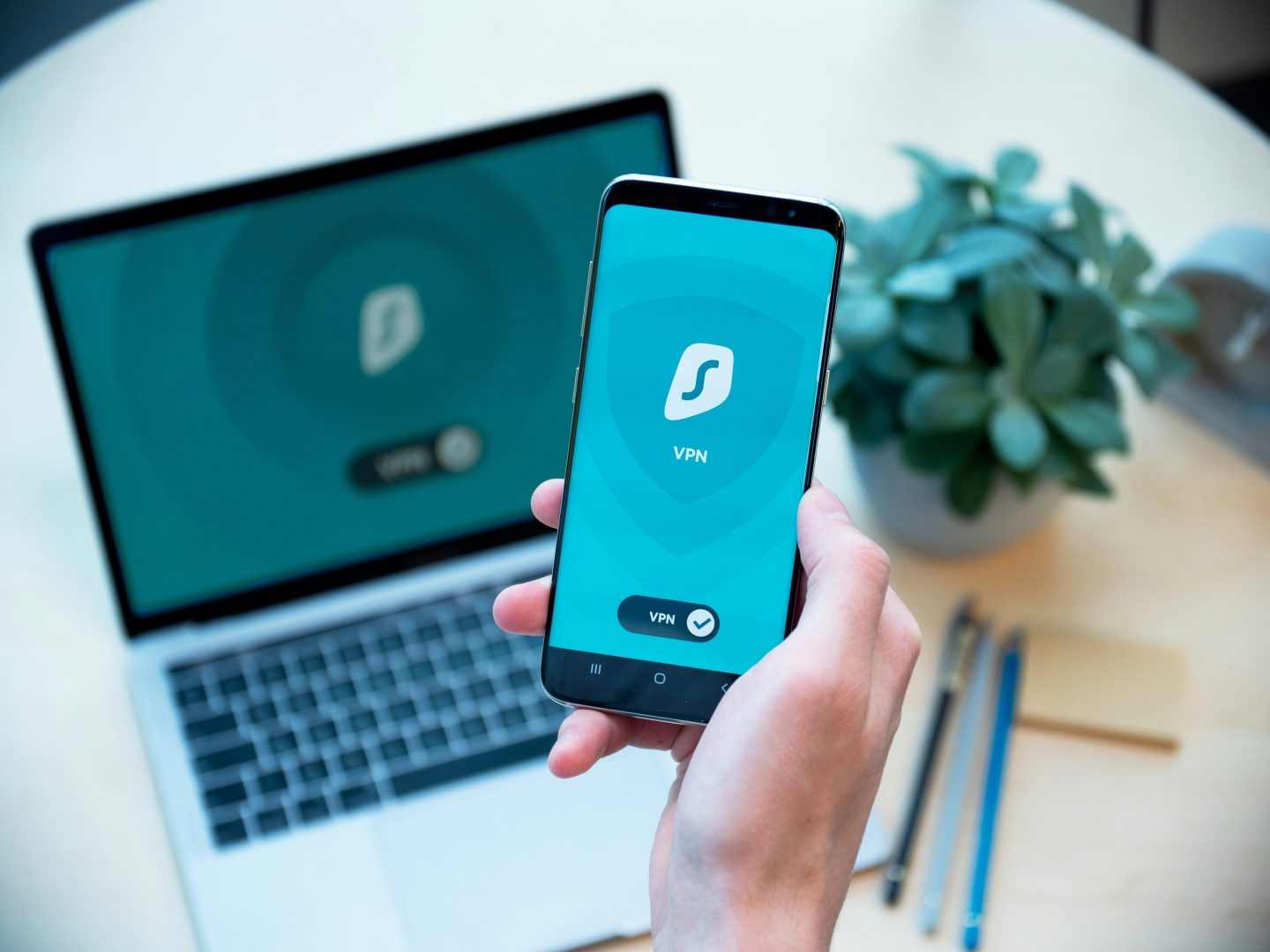 View Winners →
View Winners → 
Photo by Dan Nelson on Unsplash
By Steven Price
In an economy that has become increasingly unstable in the past few years, budgeting for cybersecurity seems like a luxury for many businesses. In fact, over 30% of executives admit that they’re unable to work cybersecurity into their budget for the upcoming year. However, we are still seeing a drastic increase in cyber vulnerabilities among businesses, and therefore, an increase in cyberattacks. Neglecting your cybersecurity budget in the new year is a risky business move.
As cyberattacks steadily increase, having an effective cybersecurity plan is no longer a choice but a necessity. Luckily, businesses can use these cybersecurity goals to accomplish some low-cost steps to protect their data and networks from cyber threats in 2024.
1. Multi-Factor Authentication (MFA)
Multi-Factor Authentication (MFA) is a strategic, easily adopted method that provides an additional layer of protection for your data and networks. By requiring multiple forms of verification, such as passwords, biometrics, or physical tokens, MFA ensures that only authorized individuals can access sensitive information. Implementing MFA will help protect you from hackers who are trying to steal login credentials or personal information, and it’s cost-effective.
2. Password Policy
If you don’t already have a password policy in place, this is one of our most important cybersecurity goals for 2024. Having a password policy in place ensures that the passwords used by employees are not easy for hackers to guess. With an effective password policy, you can greatly reduce the chances of unauthorized access at no exorbitant cost.
3. Password Manager
Choosing a password manager that supports your password policy can further protect your systems from attack. A password manager allows users to store all their passwords securely in one location. This makes it easier for users to remember multiple complex passwords while protecting their accounts from being breached.
4. Frequently Changing Passwords
In order for your passwords to remain secure, you should change them on a regular basis. This is especially important if you are using the same password across multiple accounts or websites. By changing your passwords frequently, you make it significantly more challenging for hackers to gain unauthorized access to your valuable data and personal information.
5. Software Updates
Make sure that all your software is up to date with the latest security patches and bug fixes, which should be provided by the software vendor. Outdated software can leave your systems open to attacks and give hackers easy access to your confidential data, so don’t skip this inexpensive fix. Schedule regular updates to ensure that your software is always running on the most secure version.
6. Vulnerability Assessment
Set a cybersecurity goal in 2024 to have an managed service provider conduct a vulnerability assessment on your network. A vulnerability assessment will help identify any weaknesses in your system that could be exploited by malicious actors. This includes identifying outdated software, weak passwords, and other vulnerabilities that can be used by attackers.
7. Virtual Private Network (VPN) for Remote Employees
If your employees are working remotely, you should require them to use a VPN (Virtual Private Network) connection in order to access the company’s network securely. This adds an extra layer of protection and ensures that data is transmitted securely over the internet, protecting data from being intercepted or exposed by hackers.
8. Employee Cybersecurity Training
Educating your employees about cybersecurity best practices is essential for protecting your business from cyber threats. There are many affordable programs available to make sure that all of your employees understand what constitutes a secure password and how they can identify phishing emails and other suspicious activities.
9. Email Security
Implementing spam filtering and threat detection measures on your email platform can help prevent malicious emails from reaching your inboxes. These solutions also allow you to quickly identify and remove malicious attachments or links before they can cause damage, making it a cost-effective way to protect your business from phishing attempts and email-based cyber attacks.
10. Regular Security Audits
Conducting regular security audits is crucial for maintaining the integrity of your cybersecurity measures. This involves reviewing and testing all of your security protocols to ensure that they are still effective against current threats. Achieving this cybersecurity goal may take some extra time, but it’s an important and inexpensive way to help protect your business from cyberattacks.
11. Secure Wi-Fi Networks
Make sure that all of your company’s Wi-Fi networks are secured with strong passwords and encryption. This will prevent unauthorized users from accessing your network and potentially sensitive data, keeping your business data safe from potential threats. Don’t forget that it’s also important to regularly change these passwords to further protect against potential cyber threats.
12. Upgrade Firewalls
Firewalls play a crucial role in safeguarding your data, acting as a barrier between your internal network and the outside world. By upgrading to a next-generation firewall, you can benefit from enhanced protection against cyber threats. These advanced firewalls offer real-time threat monitoring and intrusion prevention capabilities, ensuring that your network stays secure and your sensitive data remains protected.
13. Regular Data Backups
Data backups are essential for ensuring business continuity in case of a cyberattack, natural disaster, or system failure. Make it a cybersecurity goal to schedule regular data backups and store them in an off-site location or on the cloud. This will help you quickly recover from cyberattacks and minimize any potential losses.
14. Implement a Disaster Recovery Plan
In the event of a cybersecurity incident, having a disaster recovery plan as part of your overall cybersecurity strategy can help minimize damage and reduce downtime. This plan should outline the steps to take in case of a cyberattack, including who is responsible for what tasks and how to restore systems and data.
15. Partner with a Managed Service Provider
If your business doesn’t have the resources or expertise to manage its cybersecurity needs, you should consider partnering with a managed service provider (MSP). A reliable MSP will be able to provide you with the necessary tools and services to ensure that all of your data is secure, all at an affordable price tailored to your organization.
Tech Rockstars Can Help You Accomplish Your Cybersecurity Goals
If you feel like you need more help implementing cybersecurity goals in the new year, Tech Rockstars provides comprehensive cybersecurity services for businesses of all sizes. Their team of experts can help you create a secure environment and ensure that your data is safe from hackers and breaches. Schedule a consultation to learn more about how they can help you protect your business.










































































































